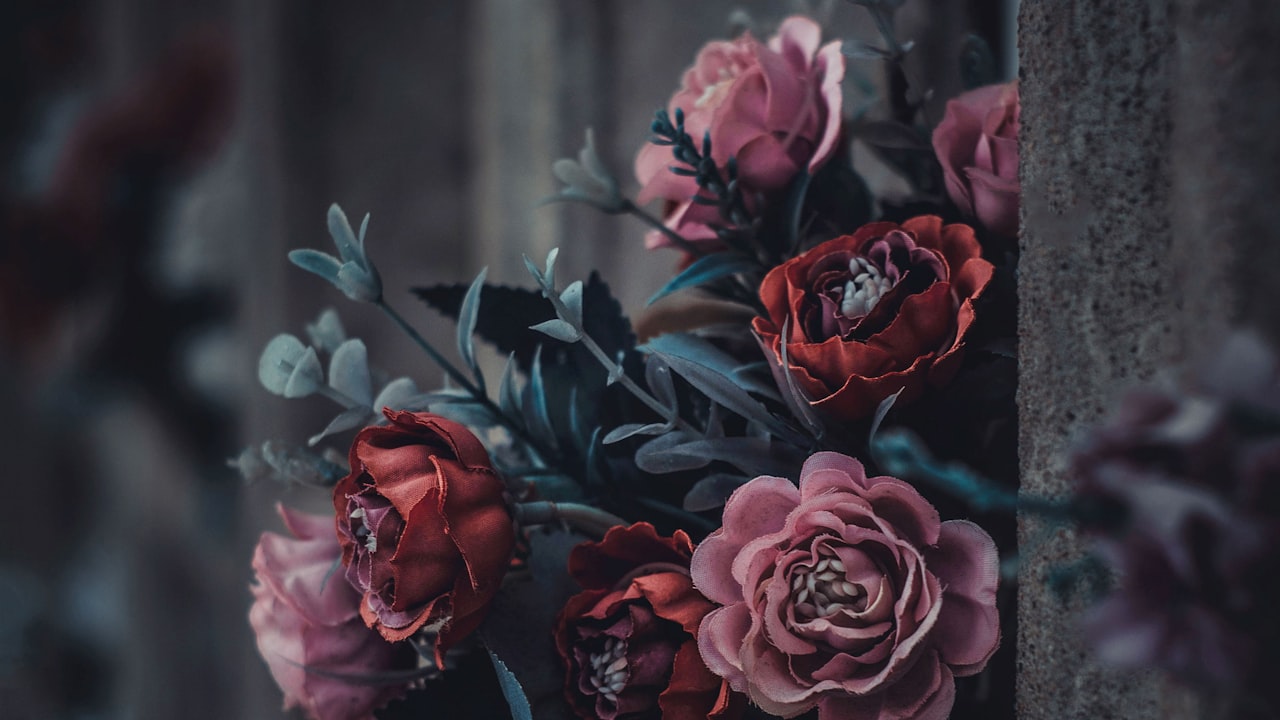Flowers: Nature’s Exquisite Masterpieces
Introduction
Flowers, the delicate and vibrant creations of nature, have fascinated humanity for centuries with their beauty, fragrance, and symbolic significance. From the tiniest wildflowers to the grandest blossoms in cultivated gardens, flowers adorn our world in a kaleidoscope of colors and forms. In this exploration of flowers, we will delve into their diverse species, the ecological role they play, their cultural importance, and the ways they inspire creativity and joy in our lives.
The Diversity of Flowers: A Botanical Symphony
Flowers come in an astounding array of species, each with unique shapes, colors, and scents. From the elegant roses to the cheerful sunflowers, and the intricate orchids to the whimsical daisies, flowers offer a captivating symphony of botanical artistry. The process of pollination, aided by insects, birds, and the wind, ensures the continuation of their species and enriches the ecological balance of our planet.
The Ecological Significance of Flowers
Beyond their aesthetic appeal, flowers play a crucial role in the natural world. They are essential for the survival of many plant and animal species. Flowers provide nectar and pollen, attracting insects and other pollinators that facilitate the transfer of genetic material and promote the growth of new plants. In this delicate dance of pollination, flowers contribute to biodiversity and support ecosystems worldwide.
Flowers in Culture and Tradition
Throughout human history, flowers have held profound cultural and symbolic meanings. From ancient civilizations to modern societies, flowers have been used in rituals, ceremonies, and celebrations. In different cultures, certain flowers symbolize love, purity, remembrance, or mourning. They have become powerful tokens of human emotions, expressing sentiments that words often struggle to convey.
Flowers in Art and Literature
Flowers have long inspired artists, poets, and writers, becoming enduring motifs in art and literature. Painters have captured their beauty on canvas, creating stunning floral still-life compositions. Poets have woven verses filled with the romance and mystery of flowers, while writers have used them as metaphors for human experiences, growth, and impermanence.
Cultivating Gardens: A Labor of Love
The art of gardening has allowed humans to cultivate and nurture flowers, creating breathtaking displays of horticultural beauty. From intricate formal gardens to wild and natural landscapes, the artistry of gardeners is evident in every blooming blossom. Gardening provides a therapeutic escape, connecting people with nature and fostering a sense of tranquility and appreciation for life’s wonders.
Healing Power of Flowers: Botanical Medicine
Beyond their visual allure, some flowers possess medicinal properties that have been used in traditional healing practices for centuries. Herbal medicine draws on the therapeutic benefits of flowers to treat ailments, soothe discomfort, and promote wellness. Today, modern science continues to explore the potential of these natural remedies, opening new avenues for holistic healing.
Conclusion: Embracing the Beauty of Flowers
In conclusion, flowers enchant us with their exquisite beauty and enrich our lives in countless ways. Their diversity, ecological significance, and cultural importance make them an integral part of human existence. Whether found in the wild, carefully tended in gardens, or depicted in art and literature, flowers serve as timeless reminders of nature’s brilliance and the fleeting beauty of life.



